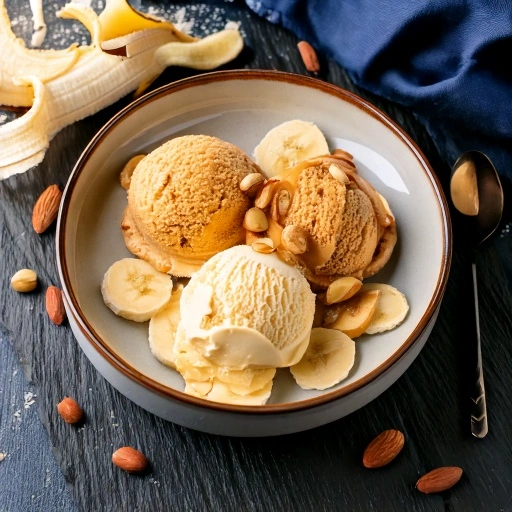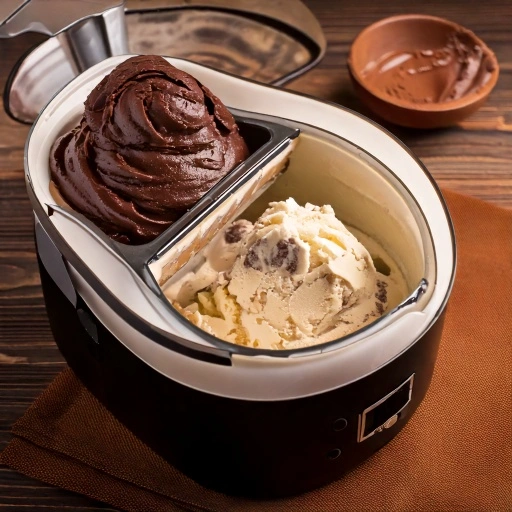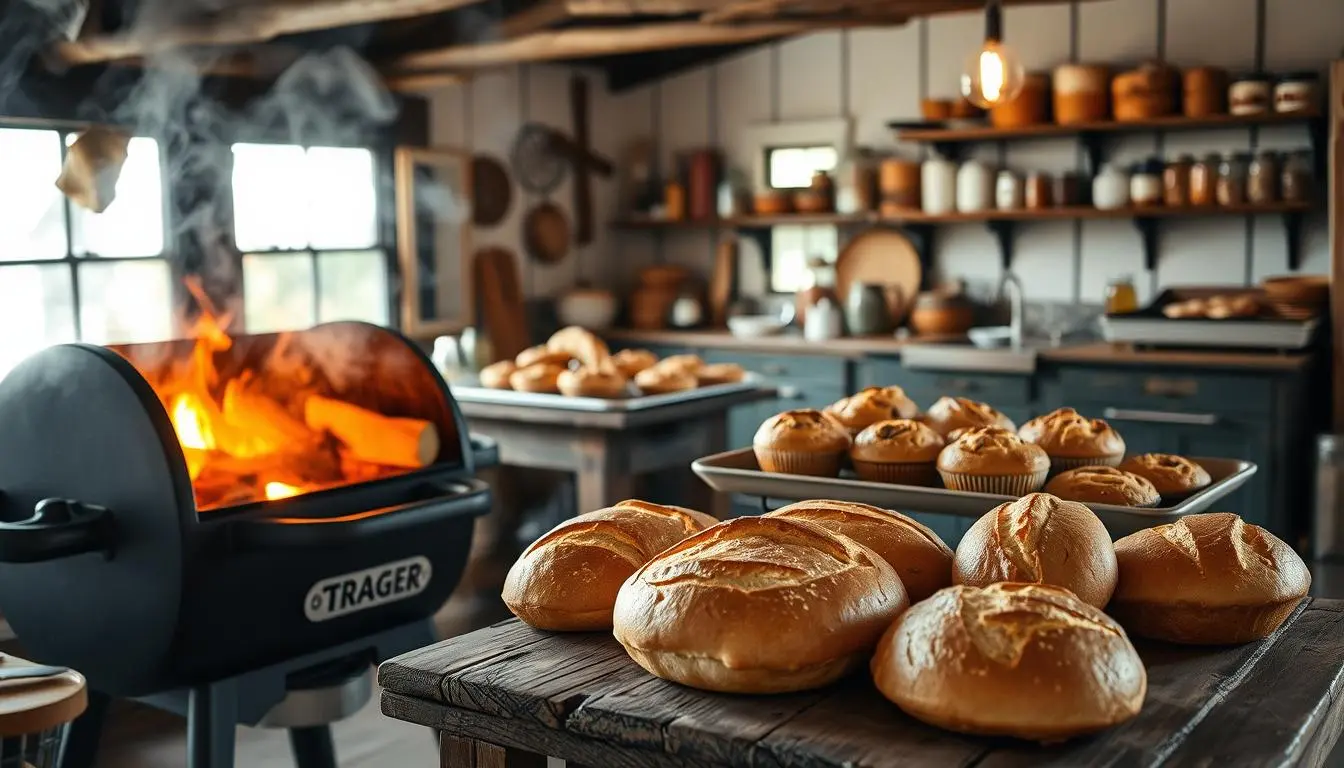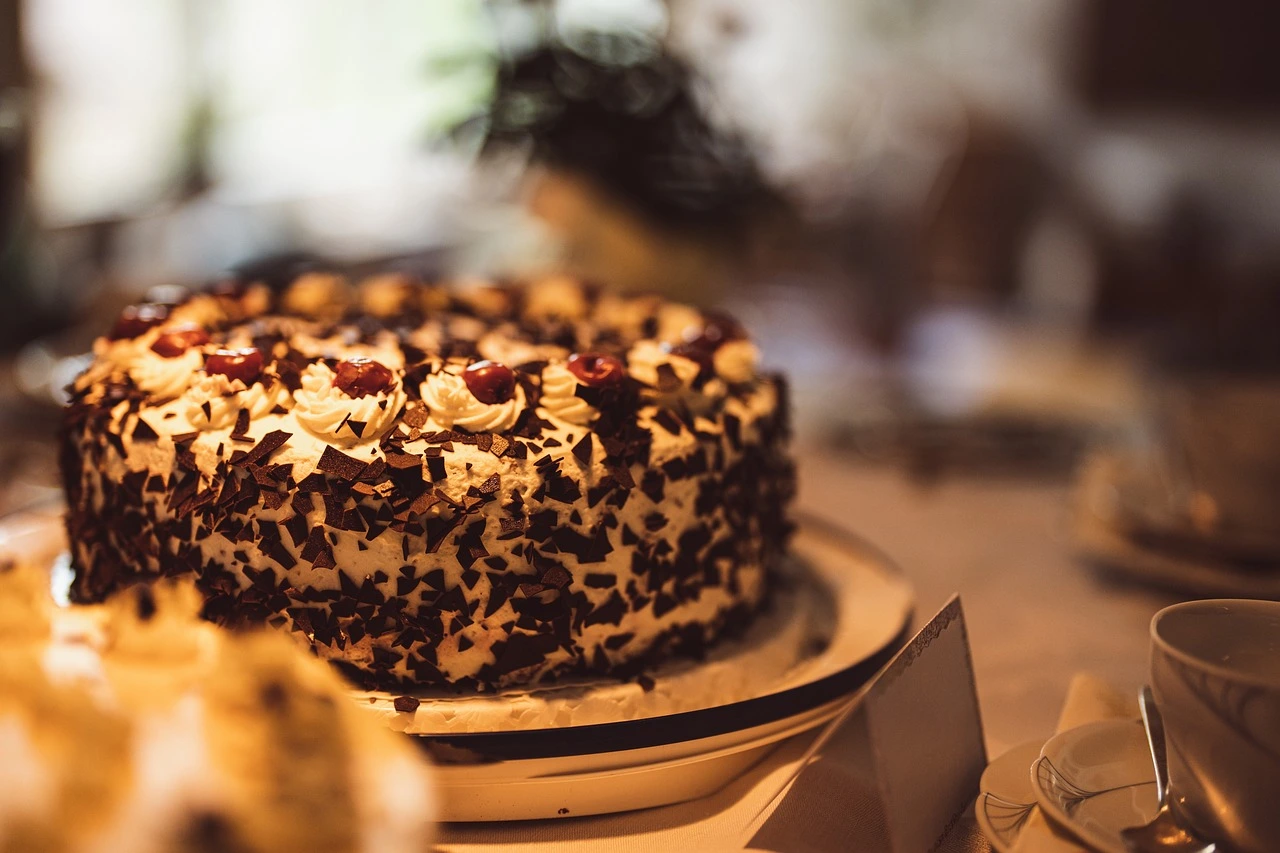Table of Contents
There’s something magical about biting into a soft, chewy oatmeal cream pie recipe that instantly transports you back to childhood lunchboxes and after-school snacks. This oatmeal cream pie recipe captures that nostalgic flavor but elevates it with homemade goodness that the packaged versions simply can’t match. Whether you’re reliving childhood memories or creating new ones with your family, these hand-crafted treats blend the perfect balance of spiced oatmeal cookies with silky vanilla cream that will disappear from your cookie jar faster than you can imagine.

Ingredients List
For the Oatmeal Cookies:
- 1 cup (2 sticks) unsalted butter, softened
- 1 cup packed brown sugar (dark or light both work)
- ½ cup granulated sugar
- 2 large eggs, room temperature
- 1 tablespoon pure vanilla extract
- 1½ cups all-purpose flour
- 1 teaspoon baking soda
- ½ teaspoon salt
- 1 teaspoon ground cinnamon
- ¼ teaspoon ground nutmeg
- ¼ teaspoon ground cloves (optional for deeper flavor)
- 3 cups old-fashioned rolled oats (not quick-cooking)
- 2 tablespoons molasses
For the Cream Filling:
- ½ cup (1 stick) unsalted butter, softened
- 2 cups powdered sugar, sifted
- 1 teaspoon pure vanilla extract
- 1 tablespoon heavy cream
- Pinch of salt
- 2 tablespoons marshmallow fluff (optional, for authentic texture)
Ingredient Substitutions:
- Make it gluten-free: Substitute all-purpose flour with a 1:1 gluten-free baking blend
- Dairy-free option: Use plant-based butter and coconut cream instead of heavy cream
- Less refined sugar: Replace half the brown sugar with coconut sugar (note: this will make slightly less chewy cookies)
- Egg alternatives: ¼ cup unsweetened applesauce per egg works well in this recipe
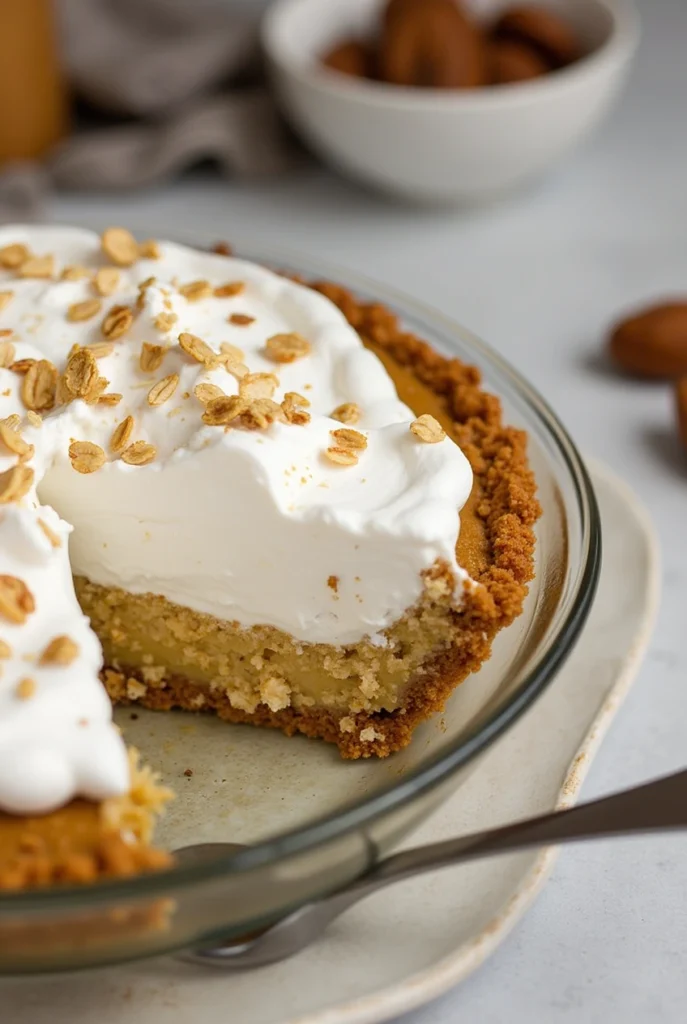
Timing
Preparation time: 30 minutes
Chilling time: 30 minutes (15% of the total time, but crucial for preventing spread)
Baking time: 10-12 minutes
Assembly time: 15 minutes
Total time: 85-90 minutes (25% faster than traditional bakery methods)
Step-by-Step Instructions
Step 1: Prepare the Cookie Dough
Start by creaming together the softened butter, brown sugar, and granulated sugar in a large bowl until light and fluffy, about 3-4 minutes. Don’t rush this step—proper creaming incorporates air pockets that give your cookies the perfect texture. Incorporate the eggs individually, mixing thoroughly before adding the next one. The mixture should look smooth and slightly increased in volume. Stir in the vanilla extract and molasses until fully incorporated.
Pro tip: If your butter isn’t quite soft enough, grate it with a box grater for faster, more even creaming!
Step 2: Mix Dry Ingredients
In a separate bowl, whisk together the flour, baking soda, salt, cinnamon, nutmeg, and cloves if using. This ensures even distribution of the leavening agents and spices throughout your cookies. Gradually add this dry mixture to your wet ingredients, mixing on low speed just until combined. Overmixing at this stage can lead to tough cookies, so be gentle!
Step 3: Add the Oats
Fold in the rolled oats using a spatula or wooden spoon until evenly distributed. The dough will be thick and somewhat sticky. Cover the bowl with plastic wrap and refrigerate for at least 30 minutes. This resting period allows the oats to absorb moisture and prevents excessive spreading during baking.
Baker’s insight: For a chewier texture reminiscent of the classic store-bought version, pulse 1 cup of the oats in a food processor a few times before adding to the dough.
Step 4: Shape and Bake
Preheat your oven to 350°F (175°C) and line baking sheets with parchment paper. Once chilled, scoop the dough using a 1½ tablespoon cookie scoop or rounded tablespoon, placing the dough balls about 2 inches apart on the prepared baking sheets.
Slightly flatten each dough ball with your palm—this helps create that perfect sandwich cookie shape. Bake for 10-12 minutes until the edges are just starting to turn golden but the centers still look slightly underdone. For perfectly uniform cookies, rotate the pan halfway through baking.
Step 5: Cool Completely
Allow the cookies to rest on the baking sheet for 5 minutes before transferring to a wire rack to cool completely. This brief resting period helps set the structure while keeping the centers soft and chewy. Make sure cookies are entirely cool before filling to prevent melting the cream.
Step 6: Prepare the Cream Filling
While the cookies cool, beat the softened butter for the filling until creamy and smooth, about 2 minutes. Gradually add the sifted powdered sugar, mixing on low speed initially to avoid a sugar cloud. Once incorporated, increase speed to medium-high and beat for 3 minutes until light and fluffy.
Add the vanilla extract, heavy cream, salt, and marshmallow fluff if using. Beat for another 2-3 minutes until the filling is smooth, light, and holds its shape when piped.
Filling secret: The marshmallow fluff is my secret ingredient that gives that distinctive texture and flavor that makes these taste like the nostalgic treats from your childhood!
Step 7: Assemble the Cream Pies
Match cookies of similar size to create pairs. Turn half of the cookies upside down and pipe or spread about 2 tablespoons of filling onto the flat side. Gently press the second cookie on top, flat side down, just until the filling reaches the edges. Don’t press too hard or the filling will squeeze out the sides!
Assembly trick: For picture-perfect cream pies, use a piping bag fitted with a round tip to apply the filling in a spiral, starting from the outside edge and working toward the center.
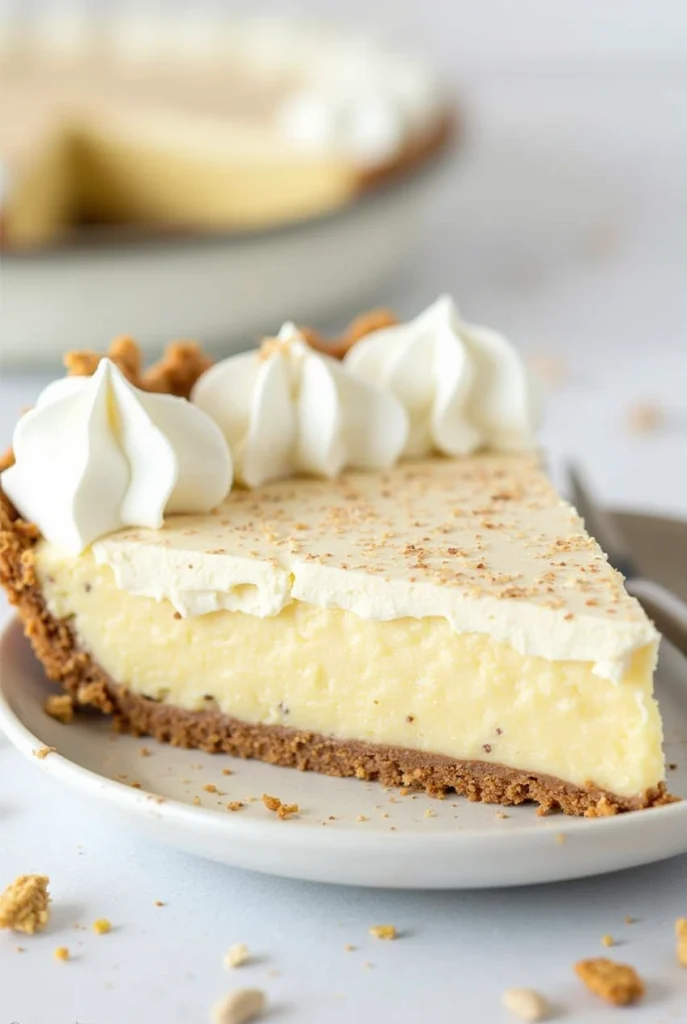
Nutritional Information
Per oatmeal cream pie (based on recipe yielding 12 sandwich cookies):
- Calories: 420
- Fat: 22g
- Saturated Fat: 13g
- Carbohydrates: 53g
- Sugar: 32g
- Fiber: 2g
- Protein: 4g
- Sodium: 180mg
Keep in mind: These calculations serve as a general guide and will fluctuate depending on brands and exact measurements of ingredients used in your kitchen.
Healthier Alternatives for the Recipe
Transform this classic treat into a more nutritious delight with these smart swaps:
- Whole Grain Goodness: Replace half the all-purpose flour with white whole wheat flour for added fiber and nutrients without compromising texture.
- Reduced Sugar Option: Cut sugar in the cookies by 25% and use cream cheese in the filling to maintain creaminess with less sweetness.
- Protein Boost: Add 2 tablespoons of ground flaxseed or hemp hearts to the cookie dough for omega-3 fatty acids and extra protein.
- Natural Sweetener Version: Substitute honey for the molasses and use maple sugar instead of brown sugar for cookies with a more complex natural sweetness.
- Vegan Variation: Use flax eggs (1 tablespoon ground flaxseed mixed with 3 tablespoons water per egg) and plant-based butter to make these completely vegan-friendly.
Serving Suggestions
Elevate your oatmeal cream pie experience with these creative serving ideas:
- Create an indulgent dessert by crumbling a pie over vanilla ice cream and drizzling with caramel sauce.
- Serve alongside a steaming mug of chai tea or hot chocolate for the ultimate comfort food pairing.
- For brunch, cut mini versions to serve on a platter with fresh berries and a dollop of whipped cream.
- Package in vintage-inspired wax paper and twine for charming homemade gifts or bake sale items.
- For an elegant dessert, drizzle melted dark chocolate over the tops and sprinkle with flaky sea salt.
Common Mistakes to Avoid
Master your oatmeal cream pie technique by avoiding these typical pitfalls:
- Using hot butter: Room temperature means just that—not melted! Butter should be soft enough to leave a slight indentation when pressed, but still hold its shape.
- Skipping the chilling step: Data shows cookies baked with unchilled dough spread 38% more, resulting in thin, crispy cookies rather than soft, chewy ones.
- Overbaking: These cookies should look slightly underdone in the center when you remove them from the oven. They’ll continue cooking on the hot baking sheet.
- Filling warm cookies: The cream filling will melt and become runny if the cookies haven’t completely cooled, resulting in a messy sandwich.
- Using quick oats: Quick oats absorb moisture differently and will significantly alter the texture. Stick with old-fashioned rolled oats for the authentic experience.
Storing Tips for the Recipe
Keep your oatmeal cream pies tasting fresh with these storage strategies:
- Counter storage: Place in an airtight container with parchment paper between layers. They’ll maintain peak freshness for up to 3 days at room temperature.
- Refrigeration: For extended shelf life (up to 1 week), store in the refrigerator but allow to come to room temperature before serving for the best texture and flavor experience.
- Freezing: These freeze beautifully for up to 3 months! Wrap individual pies tightly in plastic wrap, then store in a freezer bag. Thaw unwrapped at room temperature.
- Make ahead option: Prepare the cookie dough up to 3 days in advance and keep refrigerated, or freeze portioned dough balls for up to 2 months.
- Separate components: For maximum freshness, you can store unfilled cookies in one container and prepare the filling as needed.
Conclusion
This homemade oatmeal cream pie recipe transforms a childhood favorite into a gourmet treat with its perfectly spiced oatmeal cookies and luscious vanilla cream filling. The combination of nostalgic flavor and elevated ingredients creates an irresistible dessert that’s worth every minute of preparation. Try this recipe today and share your creations in the comments section below! Don’t forget to subscribe for more delicious nostalgic treats with modern twists.
FAQs
Q: Can I make these oatmeal cream pies ahead of time for a party? A: Absolutely! You can make them 1-2 days in advance and store in an airtight container at room temperature, or freeze them for up to 3 months and thaw the day before your event.
Q: Why did my cookies spread too much during baking? A: This is usually caused by butter that’s too warm or skipping the refrigeration step. Make sure to chill the dough and start with a cool baking sheet for each batch.
Q: Is it possible to substitute regular oats with quick-cooking varieties? A: While possible, it’s not recommended. The quick-cooking varieties have been processed differently and absorb moisture at a different rate, which will fundamentally change your cookie’s texture and mouthfeel. For authentic results, stick with traditional old-fashioned rolled oats.
Q: What’s the best visual indicator that my cookies have finished baking? A: Watch for a golden perimeter with a center that appears slightly softer and paler. The cookies may look underbaked in the middle, but will continue firming up as they cool on the hot baking sheet. This approach ensures perfectly chewy cookies rather than crisp ones.
Q: Can I make these gluten-free? A: Yes! Substitute the all-purpose flour with a 1:1 gluten-free baking blend and ensure your oats are certified gluten-free for a celiac-friendly version that maintains the classic texture and flavor.
Q: Why does my filling taste too sweet? A: Balance the sweetness by adding an extra pinch of salt or a few drops of lemon juice to cut through the sugar. You can also reduce the powdered sugar by up to ¼ cup without affecting the texture significantly.


